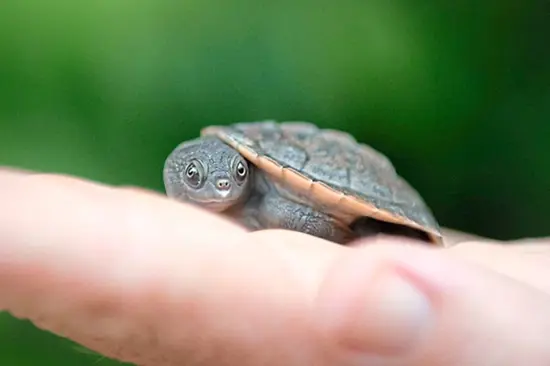QuickCheck: Is it true that releasing pet turtles into the wild damages the ecosystem?
Turtles are often seen as affordable and low-maintenance pets, but some owners release them into the wild when they become too much to handle.
While this might seem like the easiest way to get rid of them once they’ve outlived their welcome, letting these once-pets go free might be doing more harm than good.
With that being said, is it true that letting your pet turtles live out its days in your local pond is causing significant ecological damage?
VERDICT:
TRUE
The red-eared slider turtle, one of the most popular species sold in pet shops – usually in a large styrofoam box or blue plastic tub half filled with water – is a common choice for those looking to buy a pet turtle.
However, despite its widespread appeal, it has had a significant environmental impact when introduced into non-native ecosystems.
Over two decades ago, the Global Invasive Species Database identified red-eared sliders as one of the top 100 most invasive species globally, and the situation has only worsened since.
Since then, the problem has only been amplified, largely due to the ongoing trend of releasing them into local ecosystems, where they wreak havoc on the natural balance.
Red-eared sliders originally hail from the subtropical regions of North America, where their populations are naturally controlled by predators and environmental factors.
However, in countries like Malaysia, these turtles encounter no natural predators, allowing their aggressive breeding habits to spiral unchecked.
As noted in an article by The Star, this imbalance has led to serious ecological consequences, as the turtles dominate the native species and alter local ecosystems.
The Maryland Department of Natural Resources warns that turtles raised in captivity rarely thrive when released into the wild.
In addition to struggling to adapt and survive, they can introduce harmful diseases to wild turtles, particularly if they’ve been exposed to other pets while under your care.
Moreover, your turtle is at a huge risk of illness if it is released into the wild.
Having never encountered the bacteria and microorganisms found in wild ponds and lakes, its immune system is not prepared for what it will encounter.
As a result, your turtle is likely to become sick and could ultimately die from exposure to these unfamiliar conditions.
A study published in the journal Scientific Reports investigated plastic ingestion in freshwater
turtles, revealing that 7.7% of the 65 turtles observed had consumed plastics.
With increasing pollution levels in our parks, rivers, and ponds, releasing turtles into the wild only exposes them to plastic waste, debris, and the harmful bacteria that accompany such pollution over time.
Just like with any pet, taking care of a turtle requires careful planning, attention, and long-term commitment. Only with proper care and preparation can turtles live a healthy, comfortable life in captivity.
“Red-eared sliders can grow to the size of a dinner plate and live for up to 50 years,” said Department of Conservation (DOC) freshwater ranger Matt Brady.
“They have particular habitat needs such as a large, heated aquarium or a secure outdoor pond. Taking on a turtle requires 100 percent commitment,” he added.
In Malaysia, if you encounter areas with a substantial turtle population, be sure to report the wildlife sightings to the Wildlife and National Parks of Peninsular Malaysia Department (Perhilitan) by calling their hotline at 1-800-88-5151 (operational from Mon to Sun 8.00 am – 6.00 pm).














Leave a Reply